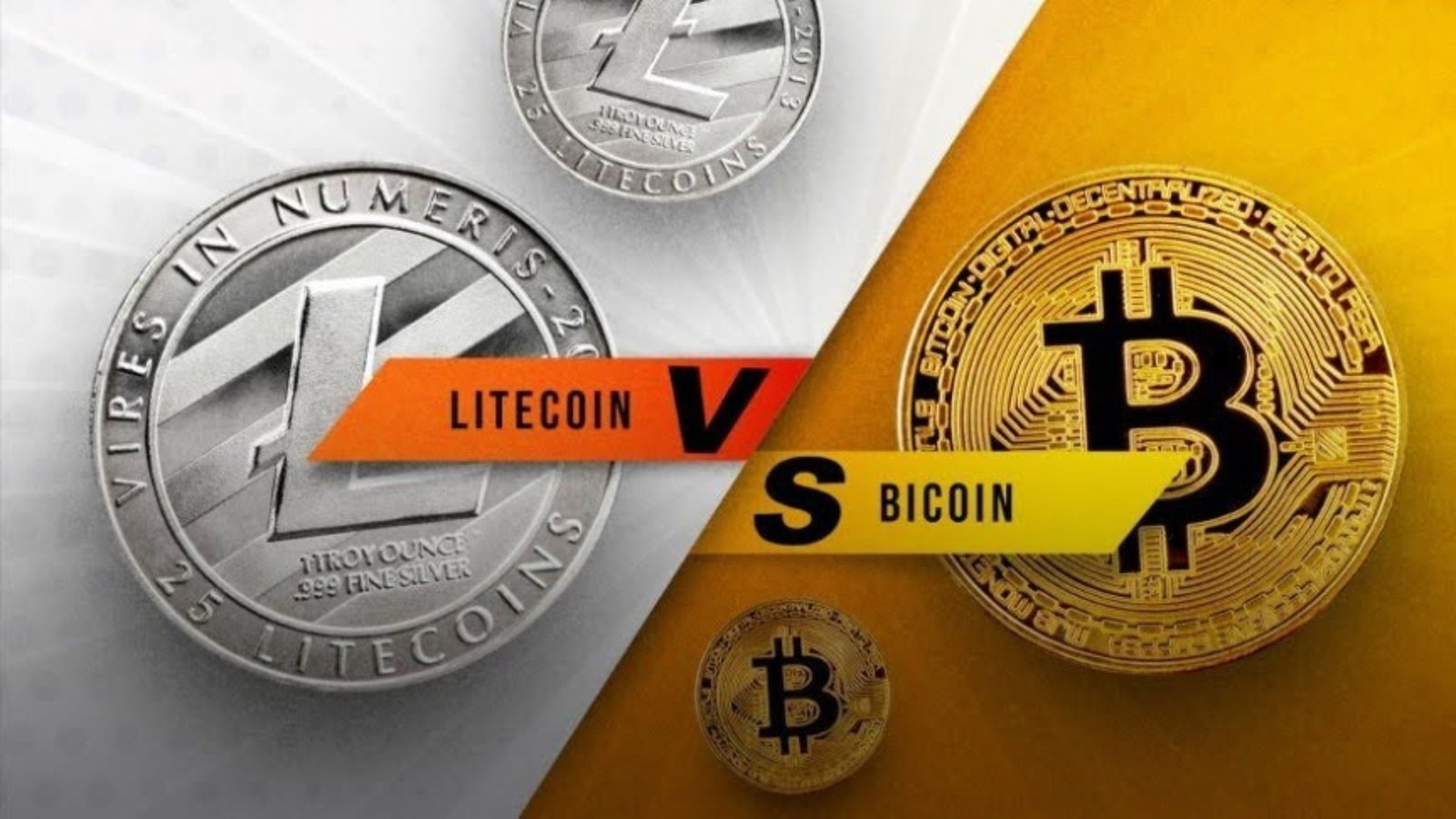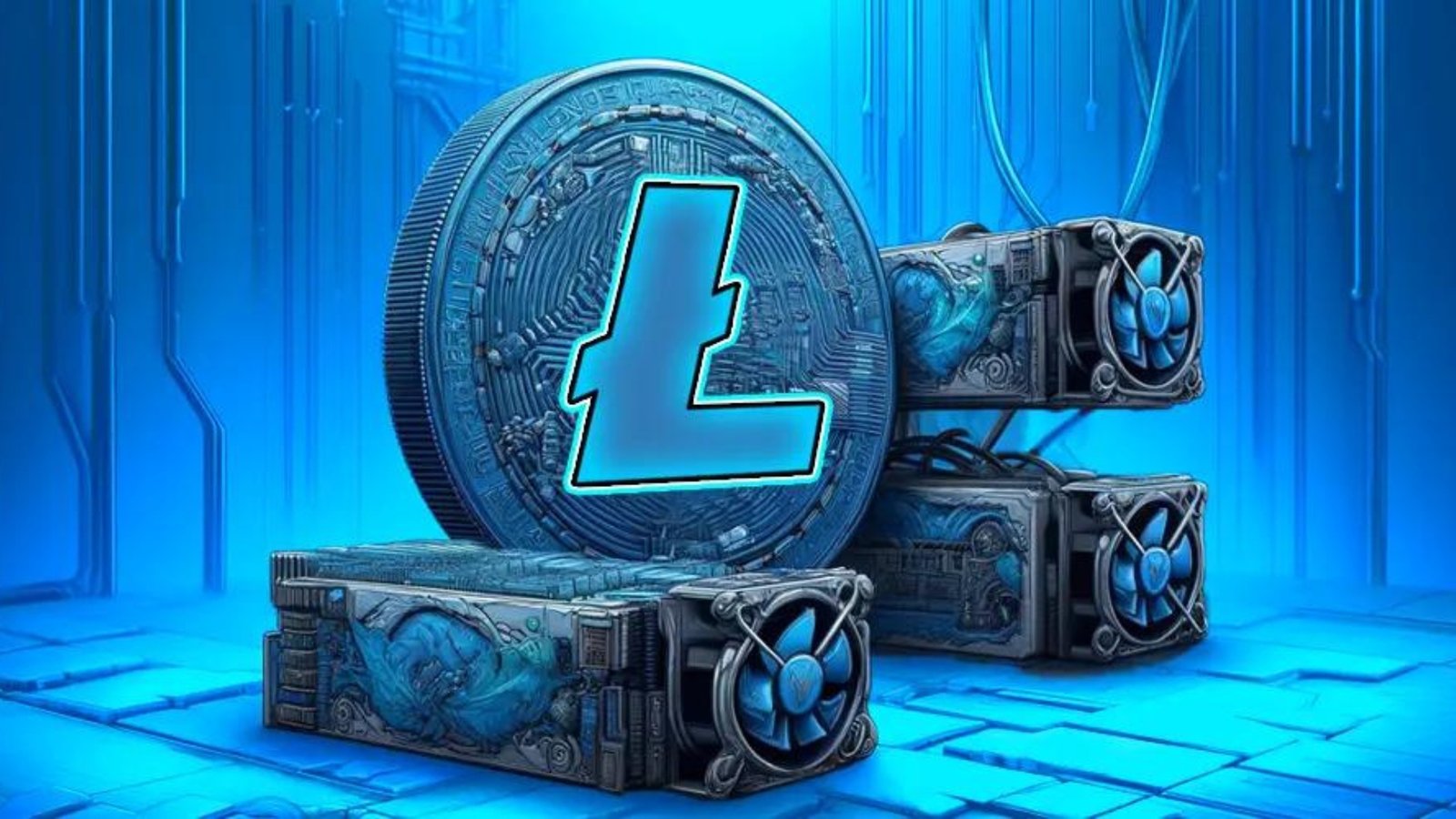Litecoin (LTC), one of the earliest cryptocurrencies, was founded by Charlie Lee as a “lighter” type of Bitcoin in 2011. Commonly known as the “silver to Bitcoin’s gold,” Litecoin provides more rapid transactions and lower fees and uses another hashing algorithm called Scrypt. Cryptocurrencies are undergoing a rapid evolution, while Litecoin has shown itself to be relevant through the miners mainly.
The article looks into the Litecoinaity of Litecoins in 2024, providing details concerning its history, mining, algorithms, hardware, profitability, and outlook for the future. For both novices and miners who are already familiar with it, understanding the outline of this cryptocurrency mining process will enable you to be more knowledgeable in your future steps.
What is Litecoin Mining?
Litecoin (LTC), one of the earliest cryptocurrencies, was founded by Charlie Lee as a “lighter” type of Bitcoin 2011. Commonly known as the “silver to Bitcoin’s gold,” Litecoin provides more rapid transactions and lower fees and uses another hashing algorithm called Scrypt. Cryptocurrencies are undergoing a rapid evolution, while Litecoin has shown itself to be relevant through the miners mainly.
The article looks into the Litecoinaity of Litecoins in 2024, providing details concerning its history, mining, algorithms, hardware, profitability, and outlook for the future. For both novices and miners who are already familiar with it, understanding the outline of this cryptocurrency mining process will enable you to be more knowledgeable in your future steps.
Litecoin vs. Bitcoin Mining
While Litecoin is often compared to Bitcoin, there are several technical differences between the two that impact mining:
- Algorithm: Bitcoin uses SHA-256, a mining algorithm that requires raw processing power. Litecoin, on the other hand, uses Scrypt, a memory-hard algorithm designed to be more accessible to consumer-grade hardware in its early days.
- Block Time: Litecoin blocks are created every 2.5 minutes, compared to Bitcoin’s 10 minutes. This results in faster transaction confirmations.
- Supply: Litecoin has a maximum supply of 84 million coins, four times that of Bitcoin, making its scarcity less severe but still valuable.
- Rewards Halving: Litecoin undergoes halving events roughly every four years, where the block reward for miners is cut in half. In August 2023, the reward was halved to 6.25 LTC per block.
Litecoin Mining Algorithm Scrypt
Among the key traits of Litecoin is its Scrypt algorithm. Scrypt demands more memory than Bitcoin’s SHA-256, and thus, it is mainly used in specialized hardware, including Bitcoin’s Application-Specific Integrated Circuits (ASICs) in the beginning. Scrypt was primarily constructed to be ASIC-resistant, although more vital ASIC miners have been created, particularly those aimed at Scrypt-based cryptocurrencies.
In 2024, Scrypt ASIC miners are the mainstay of the Litecoin network. On the other hand, the memory-intensive Scrypt is still distinct from Bitcoin mining, and it ensures a higher level of decentralization by stopping the monopolization of huge mining farms.
Mining Hardware in 2024
In the early days of Litecoin mining, it was possible to mine using a CPU (Central Processing Unit) or GPU (Graphics Processing Unit). Computer mining was viable then, but the increasing network of nodes and the resulting difficulty made these methods inefficient. As a result, people used these specific pieces of hardware called ASIC miners.

Current ASIC Miners
Today’s most efficient Litecoin miners are ASICs explicitly designed for the Scrypt algorithm. Some of the top ASIC miners in 2024 include:
- Antminer L7 (9.5Gh/s): Produced by Bitmain, the Antminer L7 is one of the most potent Scrypt miners available. It offers a hash rate of up to 9.5Gh/s, making it highly efficient for mining Litecoin.
- Goldshell LT6 (3.35Gh/s): The LT6 is another popular choice among Litecoin miners. Although it has a lower hash rate than the L7, it is a more cost-effective option for smaller mining operations.
- Innosilicon A6+ (2.2Gh/s): The A6+ is an older but widely used model. It’s a reliable workhorse with decent power consumption and efficiency for mid-scale mining setups.
Energy Consumption
Defining energy consumption during the hardware selection process for mining hardware is crucial. The more hash, the more power the miner will end up drawing. For example, the Antminer L7 has a power consumption of about 3,425W, far higher than the 3,200W that the Goldshell LT6 uses. Due to the increasing cost of electricity in many places of the world, it will be necessary to go for energy efficiency to be economical in the mining business.
Mining Software
Once you’ve selected your hardware, you’ll need the right software to connect to the Litecoin network and begin mining. Here are some of the top mining software options for Litecoin:
- CGMiner: One of the most popular open-source mining programs, CGMiner supports a variety of hardware and is known for its flexibility. It’s compatible with ASICs and allows miners to control fan speeds, voltages, and other variables.
- EasyMiner: Designed for beginners, EasyMiner is a graphical frontend for miners that simplifies the process. It’s an excellent choice if you’re starting and want an easy-to-use interface.
- BFGMiner: Similar to CGMiner, BFGMiner is another powerful mining tool. It supports ASIC and FPGA mining and allows for various customizations.
Mining Pools
Solo mining is tough today due to the increased difficulty of mining on the Litecoin network. Most miners, especially smaller operations, choose to mine through pools. Mining pools combine the computational power of multiple miners to increase the chances of solving a block. The rewards are then distributed among all pool participants based on their contributions.
Here are some of the top Litecoin mining pools in 2024:
- LitecoinPool.org: One of the oldest and most reputable Litecoin mining pools. It offers a pay-per-share (PPS) system, meaning miners are paid for each share they contribute, regardless of whether the pool finds a block.
- ViaBTC: A significant mining pool that supports multiple cryptocurrencies, including Litecoin. ViaBTC offers both pay-per-share and pay-per-last-N-share (PPLNS) systems.
- F2Pool: A large, multi-currency mining pool. F2Pool is one of the most popular choices for Litecoin miners due to its stability and low fees.
Profitability of Litecoin Mining in 2024
Profitability in cryptocurrency mining is influenced by several factors, including hardware costs, electricity prices, and Litecoin’s market value. Here’s a breakdown of what to consider in 2024:
Hash Rate and Difficulty
When mining and processing transactions on the Litecoin network, the total computational power is called the hash rate; it is necessary to adjust the mining difficulty every 2,016 blocks, which is about every 3.5 days, to guarantee that blocks are mined at a continuous interval of every 2.5 minutes.
Mining new Litecoins becomes more difficult as the number of miners who join the network increases. This is because the hash rate and difficulty both grow. In 2024, minimizing difficulty has become more complex than ever, and solo mining is practically impossible for relatively small enterprises.
Electricity Costs
There is no doubt that electricity is one of the most significant costs that miners incur. The mining of Litecoin requires a considerable amount of energy, and the profitability of a mining operation is strongly dependent on the cost of electricity. Miners are more likely to be located in areas with lower prices for power, such as some regions in China, Russia, and North America.
Block Rewards and Litecoin Price
As of 2024, the block reward is 6.25 LTC. The next halving event is expected in mid-2027, reducing the reward to 3.125 LTC. With each halving, mining becomes less profitable unless the price of Litecoin increases to compensate. Litecoin’s price has remained relatively stable compared to other cryptocurrencies, with occasional spikes. The market price of Litecoin significantly impacts mining profitability. As of 2024, Litecoin’s price hovers between $60 and $100 per LTC, subject to change depending on market conditions.
Environmental Concerns
Mining cryptocurrencies, including Litecoin, have faced criticism for their environmental impact. The energy consumption required to maintain the network is significant, contributing to the carbon footprint of mining operations. Some miners have started to adopt renewable energy sources, such as solar and hydroelectric power, to mitigate their environmental impact.
The cryptocurrency industry as a whole is also exploring alternatives to Proof-of-Work, such as Proof-of-Stake (PoS), which requires less energy. However, Litecoin has shown no intention of switching from its PoW mechanism, at least for the foreseeable future.
The Future of Litecoin Mining
Several factors shape the future of Litecoin mining:
- Technological Advancements: As ASIC technology improves, miners will continue to have access to more powerful and energy-efficient hardware, potentially lowering the barriers to entry.
- Market Dynamics: Litecoin’s price, alongside halving events and network difficulty, will continue to play a crucial role in determining the profitability of mining operations.
- Regulation: With increasing government scrutiny on cryptocurrency mining due to environmental concerns and energy consumption, regulations could impact the future of mining. Countries with cheap electricity might introduce laws to limit mining activities, while others may embrace mining as an economic opportunity.
Despite these challenges, Litecoin mining remains a viable option for those with access to affordable electricity and efficient hardware. As long as there is demand for Litecoin, mining will remain an essential part of the network.
In Summary
Litecoin mining in 2024 has facets as well as pros and cons. Although generating Litecoin through mining has become ineffective on consumer-grade devices such as CPUs or GPUs, introducing these ASIC miners makes it possible for the shrewdest ones who balance expenses and resources to get maximum returns. The Scrypt algorithm, albeit far less prevalent than Bitcoin’s SHA-256, is a niche for those miners who want to broaden their mining activities.
Nevertheless, the production of Litecoin, as in all other cryptocurrency projects, is exposed to fluctuating market conditions, regulation changes, and technological advancements that are likely to be introduced. The miners should keep their eyes wide open and remain flexible to stay solvent. If you are a seasoned miner or just a beginner, the knowledge of Litecoin mining pitfalls, operational changes, and improvements will guide you in dealing with the ever-evolving cryptocurrency landscape.
[sp_easyaccordion id=”3452″]


